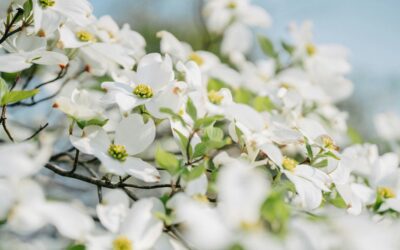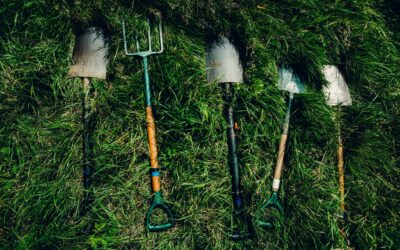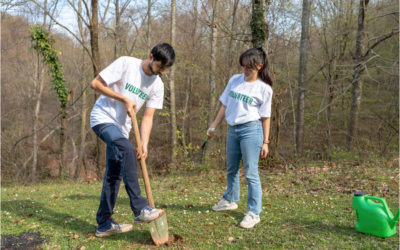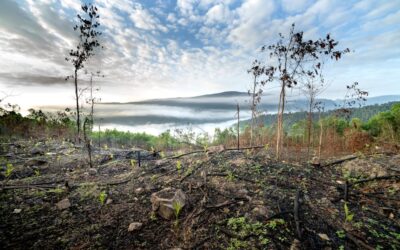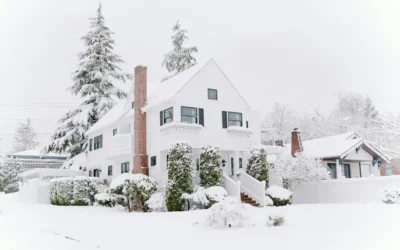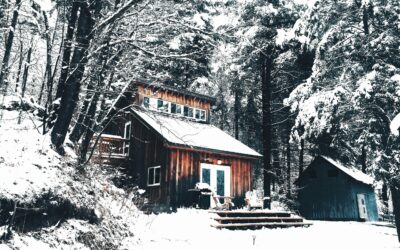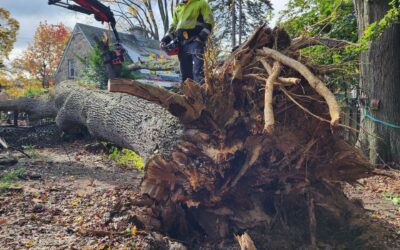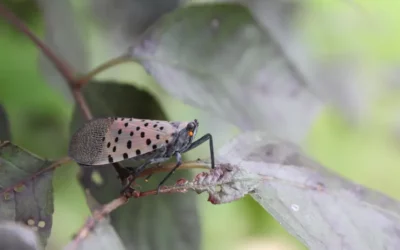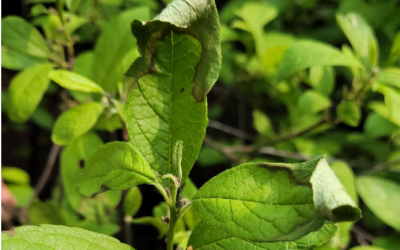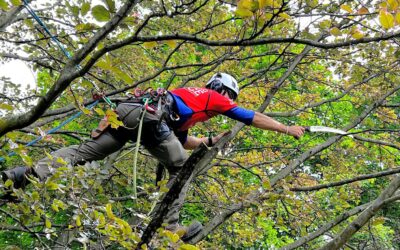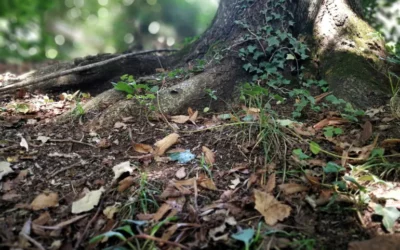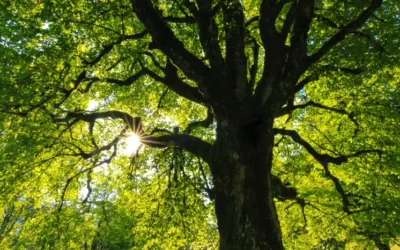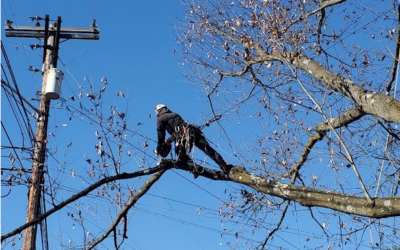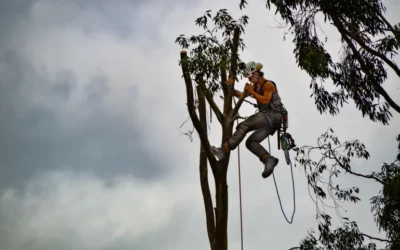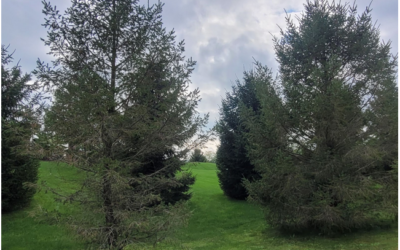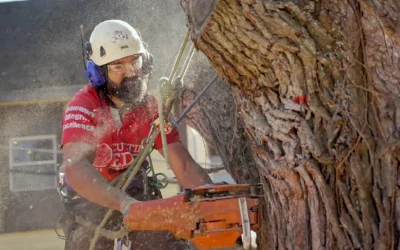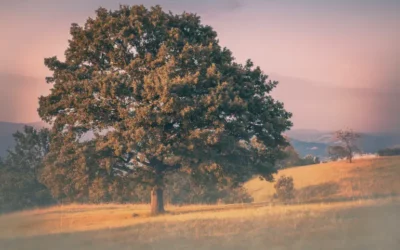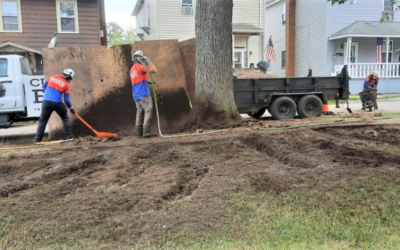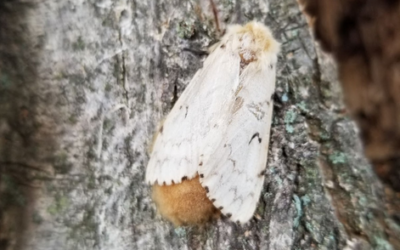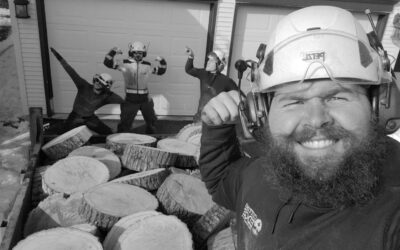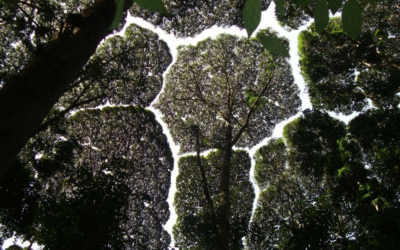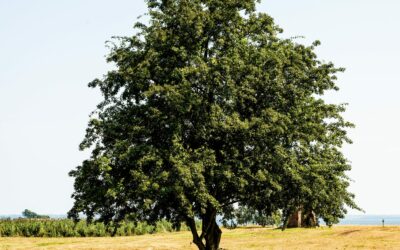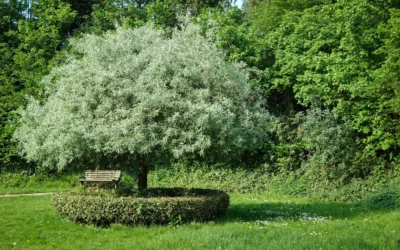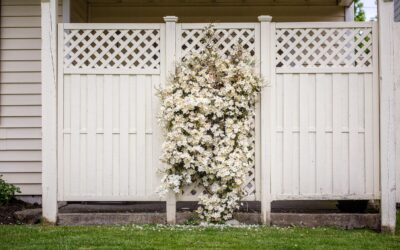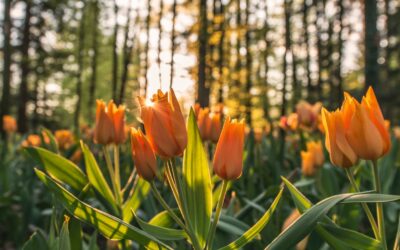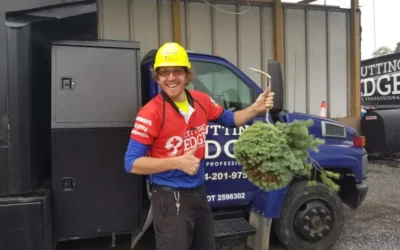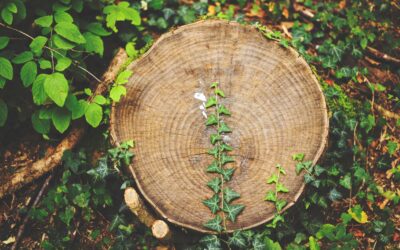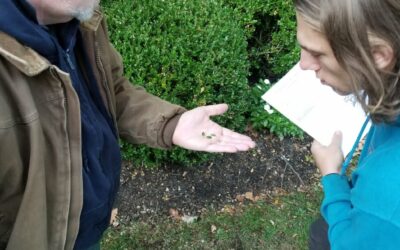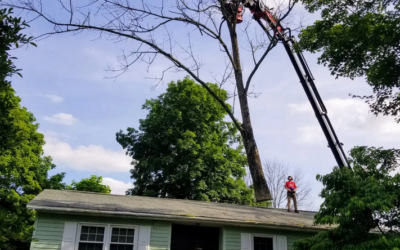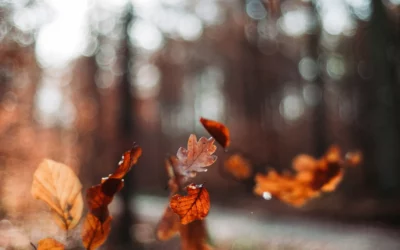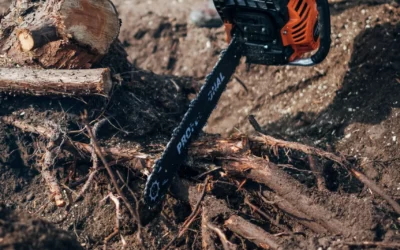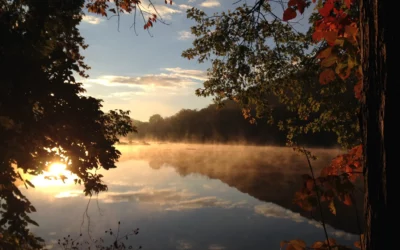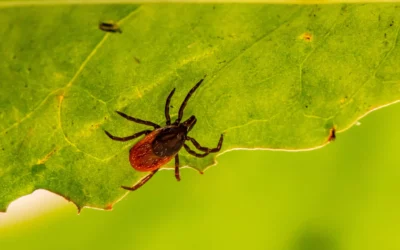Before your garden can really blossom, there is one crucial step needed: simply picking and planting your collection of flowering trees. For more information, follow along for the Cutting Edge Tree Professionals Flowering Trees Guide.
All Posts for Category
Essential Tools For Caring For Your Garden and Trees in Pennsylvania
With an abundance of tools in the world of gardening, it’s important to make sure you’re selecting the best ones for your space. To make it easy to find the best garden tools we’ve pulled together our Top 10 list.
Guidance for Properly Planting Balled and Burlapped Trees
Cutting Edge Tree Professionals cares about your trees, even before they are planted. Follow our steps for properly planting your balled and burlapped trees.
Get Your Yard Ready For Spring: Now is the Time to Start Thinking About Tree and Plant Health Care
Prepare your yard for spring by prioritizing tree and plant health care – read more in ‘Get Your Yard Ready For Spring’.
Neglecting or Ignoring Trees Causes Headaches for Homeowners
Discover the homeowner headaches caused by neglecting trees in our blog ‘Neglecting or Ignoring Trees Causes Headaches for Homeowners’.
Spring Planting Guide: How To Root Your Garden In Healthy New Trees
A guide to make the complicated nuances of spring planting easy for anyone!
The Impact of Dead Trees on Your Landscape and Ecosystem
Discover the ecological implications of dead trees with ‘The Impact of Dead Trees on Your Landscape and Ecosystem’. Learn how to mitigate the effects of dead tree presence today!
Advantages of Winter Tree Work
By Dave Jackson, Arborist Representative The leaves are all raked up and now you are looking at your winter landscape waiting for spring to arrive. You may even be making a list of the things you want to do with your yard once warmer weather arrives. If tree work is...
Essential Steps to Protect Your Trees from Harsh Pennsylvania Winter Storms
Winter can be a challenging time for trees, especially in the state of Pennsylvania, where the weather can be unpredictable and severe. Harsh winter storms pose potential hazards to the health and safety of your trees. However, with proper preparation and care, you...
Protecting Trees: Empowering Actions to Prepare for Hurricane Season in the Northeast
Hurricane season poses significant risks to both human lives and the natural environment. Winds and storms made their way up north creating damage for families in State College area just last month in October. Hurricane Season is still underway, till the end of...
Timing Matters: The Best Time to Prune Oak Trees
Pruning is essential to maintain the health and aesthetics of oak trees. However, timing is crucial when it comes to pruning these majestic beauties. In this blog post, we explore the best time to prune oak trees, providing insights and guidance to ensure their...
Falling for Oaks: A Seasonal Study of Red Oak and White Oak Trees
Oaks in Pennsylvania Oaks are a common tree found in Pennsylvania. In fact, the oak/hickory forest type dominates the southern two-thirds of the state. Oaks are well known and enjoyed due to their many attributes, including beauty, timber, food for wildlife, firewood,...
The Spotted Lanternfly in Pennsylvania: A Guide for Fall Prevention
The spotted lanternfly is an invasive species invading Pennsylvania.
Benefits of Shade Trees: Saving Money and Adding Value
In landscaping, homeowners often focus on the aesthetic appeal and curb appeal of their properties. However, there’s a hidden gem that can provide both beauty and practical benefits—shade trees. These giants beautify your yard and offer financial benefits. In this...
The 5 Best “Treescapes” in Pennsylvania
Pennsylvania’s lush forests and diverse tree species make it a great destination for nature enthusiasts and tree lovers. From towering old-growth forests to urban green spaces, the state has many amazing tree viewing locations. Are you looking for a place to spend...
Trees and Drought: What you need to know
Pennsylvania drought My grass is brown, I haven’t cut it in two weeks now. I don’t mind too much. I’d rather not mow. But with the defoliation my trees experienced last summer from spongy moths (formerly gypsy moths) and the dry start to summer we...
5 Signs That Your Tree Needs to be Pruned
As a homeowner, you may not always know when it’s time to prune your trees. But, there are some signs that your trees need to be pruned, and an arborist can help make the job easier. In this blog, we’ll discuss some of the signs that your trees need to be...
Soil Management for Central Pennsylvania Homeowners: Enhancing Soil Quality for Healthy Tree Growth
Healthy trees begin with healthy soil. As a homeowner in Central Pennsylvania, you may be interested in improving your property’s soil quality and fertility to promote vigorous tree growth. Proper soil management is vital to creating a thriving landscape and...
PA Trees and Spring Allergies: Trees you have to know about so you can avoid them
[siteorigin_widget class="WP_Widget_Media_Image"][/siteorigin_widget][siteorigin_widget class="WP_Widget_Media_Image"][/siteorigin_widget][siteorigin_widget class="WP_Widget_Media_Image"][/siteorigin_widget][siteorigin_widget...
The Top 5 Tools Every Homeowner Needs for Yard Work
Caring for your yard without the proper tools can feel like a battle to any homeowner. This can lead to an unkempt, messy lawn and lots of frustration. Here is our list of the top 5 yard tools for every homeowner to keep in their arsenal to avoid frustration and messy...
Why Winter is a Great Time to Have Your Trees Pruned
The grass is no longer in need of cutting and the leaves have all been raked up. While it seems all your yard work is finished for the year, there is no better time than winter to prune your trees, especially oak trees. While most pruning can be done any time of year,...
“The other tree guy said….”
Discerning Legitimacy within Tree Companies Be aware of the dangers and risks of hiring just any tree service to handle your tree project. This article touches on price, equipment, and more when it comes to identifying a legit company or one that may cause more harm...
Shop Local: Where to Buy a Christmas Tree in State College
The holiday season is upon us! For many this includes the beloved family tradition of finding that coveted Christmas Tree! Bringing it indoors to shower with celebration and joy for the remainder of the season. That might be scanning a parking lot full of pre-cut...
Everything You Need To Know About Needle Cast Diseases
Managing Needle Cast Diseases on Douglas Fir and Spruce A number of needle cast diseases are affecting fir and spruce trees. Both Rhabdocline and Swiss needle cast can affect Douglas fir. On spruces, including Colorado blue and Engelmann, the needle casting disease is...
Arborist Equipment
While many of us are aware of the task we hire a professional tree company to complete, few know exactly what is going on in the process of completing these tasks. Ever wonder what tools an arborist is using on your property? Read on for a better understanding of...
New Invasive Insects: What you can do to protect your Hemlocks
New Insects: Hemlock Woolly Adelgid and Elongate Hemlock Scale Two introduced insects are significantly impacting our state tree’s growth and survival, hemlock wooly adelgid and elongate hemlock scale. Hemlock woolly adelgid (HWA, Adelges tsugae) is an aphid-like...
The Intermediate Guide: Winterization of Trees
When your weekends consist of lounging in front of the fireplace, cozying up with a warm blanket, and watching holiday movies on marathon; don’t forget about the icon of the holiday season- trees. Winterization of trees should start now! It is essential to give trees...
Oak Wilt: The sign that it’s time to see a plant doctor
Oak trees and humans have a lot in common when it comes to their health. We both drink clean water, eat nutrient rich foods, and take vitamins. Why? This is our attempt to be proactive on our well-being. It gives us the most favorable chances of not catching illnesses...
One thing that can limit the growth of urban and community trees
Soil compaction: How it happens Soils are composed of individual particles (sand, silt, and clay) and aggregates or clumps of particles. Between these soil particles and aggregates are spaces or pores. These “pore spaces” hold air and water. Large-sized soil pore...
The Beginner’s Guide to Tree Responsibility
A beginner’s guide to understanding tree responsibility! Did you know can save yourself time, money and relationships in the long run by understanding now which trees on and along your property are your responsibility or not? Not every tree near and crossing your...
Summer Considerations for Spongy Moth
[siteorigin_widget class="WP_Widget_Media_Image"][/siteorigin_widget][siteorigin_widget class="WP_Widget_Media_Image"][/siteorigin_widget]What should you be doing? This has been another year of significantly high Lymantria dispar, or spongy moth (formerly “gypsy...
Why Teams Matter Most
Repurposing an old post for our readers for a month on teamwork. Our motto at Cutting Edge Tree Professionals is to redefine the boundaries of excellence through tree services and plant health care solutions. Part of how we do that is to serve people throughout the...
Welcome To The Team!
Dave is currently a sales and consulting representative with Cutting Edge Tree Professionals located in Pleasant Gap, Centre County Pennsylvania. His primary responsibilities include establishing and maintaining relationships with customers and assisting them with...
What Research Says About the Shyness Crown
You’ve probably seen photos or aerial footage in movies of crown shyness in trees, but may have never really known what it is or why it is. Maybe you’ve even walked through a forest where light hits the ground between each tree easily where crown shyness has taken...
Topping is for Ice Cream Not Trees
Tree topping is not considered a viable practice for tree care according to current industry standards. This controversial topic in past years sparked debate, but now quality arborists know there are many alternatives to tree topping. At Cutting Edge Tree...
This Will Change How You Look At Memorial Trees Forever
This month, as a country we get to celebrate Memorial Day. Since May is an important month, we wanted to bring your attention to the awesome trend of planting a Memorial tree in honor of loved ones. Memorial trees are also known as Remembrance trees. They are a...
4 Creative Ideas to Have Fun with Trees
One of the best things about trees is that we get to have fun with them! This short article gives you four creative ideas for things that you can do with tees in your backyard. Use these as ways to surprise your kids, or to get your grand-kids outside helping you to...
What is a “Feature Tree” and why you might want one for your yard!
Scale the natural beauty Trees are functional by nature. Trees provide fruits and food, homes for critters and birds, and they recycle the air that we breathe. But trees are more than functional, they are also naturally beautiful. Planting a Feature Tree in your yard...
9 Fence Companies in Centre County You Want to Know About
[siteorigin_widget class="WP_Widget_Media_Image"][/siteorigin_widget] [siteorigin_widget class="WP_Widget_Media_Image"][/siteorigin_widget] [siteorigin_widget class="WP_Widget_Media_Image"][/siteorigin_widget] [siteorigin_widget...
Four Easy Steps to Your Springtime Yard and Plant Healthcare Check
At Cutting Edge Tree Professionals, we want to keep our readers up to date on the tree and plant health care services that we offer; that way you’ll never miss out! As spring time is already here, we have come up with a short list to help make your springtime yard and...
We are hiring!
What we give you Did you hear that we are hiring!? This could be good news for you or someone you know, so pass the post on to your friends and family who are in the tree care industry. Work for us and we’ll give you more than a job. We’ll give you a career, the...
Tree Rings: What do they really tell us?
Maybe you’ve heard that the number of rings a tree has is how old the tree is, but what else can tree rings tell us about trees? This short post gives a breakdown of tree bark and tree rings. Besides age of trees, we can also learn about climate, weather, diseases or...
Pay Attention to the Signs
[siteorigin_widget class="WP_Widget_Media_Image"][/siteorigin_widget][siteorigin_widget class="WP_Widget_Media_Image"][/siteorigin_widget][siteorigin_widget class="WP_Widget_Media_Image"][/siteorigin_widget][siteorigin_widget...
Why “Cutting-Edge” Equipment Matters
[siteorigin_widget class="WP_Widget_Media_Image"][/siteorigin_widget] At Cutting Edge Tree Professionals, we take all parts of our work seriously. There is danger in climbing, trimming, and dismantling trees to both people and properties. Even though it’s risky, we...
Upcycle Your Christmas Tree – 5 Creative Ideas
Taking care of the environment is one of the key reasons for why we do our work at Cutting Edge Tree Professionals. We’ve collected a few ideas of things you can do to upcycle your Christmas Tree. You too can care for the environment by getting rid of your tree in a...
The Pros and Cons of Real vs Artificial Christmas Trees
Christmas trees: a little history There is a long history of Christmas trees around the world, but the trend of trees in America dates back to the early-mid 1800s with the German settlers of Pennsylvania. The festive tradition of decorating the cheery evergreen trees...
Why Watering Matters Through the Fall Season
With leaves pretty much gone from trees this time of the year in Pennsylvania, we know growing season is over and we may stop the gardening and watering. But, fallen leaves is not exactly the best gauge year-to-year for when it’s time to quit ourselves. If you take...
How to winterize your yard tools
Last month we posted and article of a simple fall tree checklist to start to prepare for winter, but what about your yard tools? Is there anything you can or should do to preserve your yard tools better? Take inventory of your lawnmower, sprinkler systems, leaf...
Your Simple Fall Tree Checklist
We’ve pulled together a simple list to make sure that your trees are taken care of this fall into winter. It’s important to take steps to make sure that your trees, shrubs, and property are fully winterized. Following this simple list will save you problems through...
It’s Tick Season: What To Do And What To Avoid With Ticks
Time to Talk About Ticks Now that it’s October, it’s time to talk about ticks. According to Penn State Extension, October is prime tick season in Pennsylvania. Given that ticks are so prevalent, we all need to be aware of the effects of ticks forarborists, farmers and...

